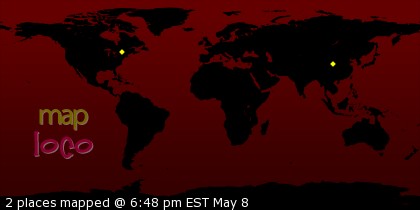I first tried to write a novel in 4th grade. I didn't finish it. I did manage to write an extended story for the first time in middle school, but it wasn't a novel (and anyway it was more fanfic than original fiction. I used my classmates as characters. We were allowed to read our creative writing out loud to the class, and I discovered that when I used my classmates as characters, I guaranteed myself a riveted and enthusiastic audience, and the plausibility of the story was entirely beside the point.) I started several more novels in high school, but always got bogged down, most often by a total lack of plot. Typically, I'd have a compelling character and a fabulous Big Emotional Scene. So if I were writing Star Wars, I'd have Luke, and I'd have the scene in which Obi Wan sacrifices himself. And absolutely nothing else.
Some spoilers are about to follow for Fires of the Faithful and Turning the Storm.
The earliest version of Fires/Turning was a short story. It was about 12 pages long, and the action it covers takes 100 pages in Fires. I got two rejections (one from Marion Zimmer Bradley, one from Weird Tales) where the editor said, "This isn't bad, but it reads like chapters one and twenty-six from a novel." So, when I decided I wanted to try again with the novel, I figured I'd expand the short story -- after all, I already knew basically what happened, and that should make it easier.
With my first two or three tries, I kept the short story intact as written for Chapter One. That did not work at all. The first thing I needed to learn was that novel pacing is totally different from short story pacing. With novels, you're going to be spending a long time with the characters; you can have long scenes where the purpose is to develop secondary characters and their relationship with the protagonist.
I finally figured this out, scrapped the short story version except as an outline, and started writing again. The first section of the book was going to have the basic emotional arc of the short story. Eliana is a student at an isolated, rural conservatory; one day, she gets a new roommate, a mysterious girl with a secret. In the big emotional scene of that section, the secret is revealed, and Mira is forced to choose between her convictions, and her best friend. I also had incidents that happened in the short story, which I expanded on. But the thing that was most helpful was this: I had a short-term goal. I had a scene that I was writing towards.
I finished that section and revised it, then started thinking ahead to the next section. What came next was vaguer. Eliana was going to go home, and things were going to have changed horribly. She was walking home, and it was a long way, so stuff needed to happen along the way. I brainstormed Stuff, and talked to Lyda because I wasn't sure what Eliana ought to find when she got home.
Lyda said, "I think she's going to find bodies."
I said, "Huh. Okay."
So, that was the next Big Emotional Scene that I wrote towards. Eliana was going to go through some hardships and difficulties getting home, and would finally reach it, only to find no haven.
Anyway, if you've read the books, you can probably identify the key scenes that were the climax of each section. For each section, I'd know the Big Emotional Scene, and I'd brainstorm a bunch of stuff that could happen, and then I'd sort it all out and put it in some sort of order that would get us to the next big dot on the map, and that became my outline.
It was kind of like the literary version of hut-to-hut hiking. (Is that a metaphor that makes sense to anyone reading this?) It was much less intimidating and overwhelming for me than trying to structure a whole book. Also, it made revision a lot easier. At one point I completely reworked the beginning. I knew exactly where I needed to end up, and exactly where I needed to drop each character off for them to slot back into the rest of the novel as it stood.
Tuesday, September 19, 2006
Subscribe to:
Post Comments (Atom)





No comments:
Post a Comment